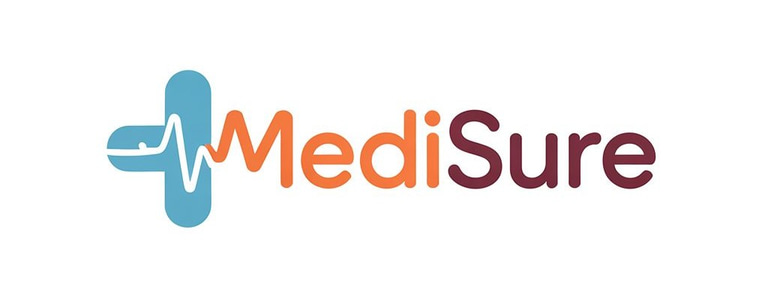رَبِّ زِدْنِي عِلْماً

Disarticulated Human Skeleton with Skull
Bone And Joint
₹82.00₹22.00
The sight of a disarticulated human skeleton, complete with a skull, evokes a sense of profound intrigue and curiosity. It serves as a poignant reminder of the stories held within the remains of an individual long passed. The disarticulation refers to the separation of bones, which may be the result of various factors, including natural decomposition, anthropological study, or forensic investigation. Each bone, standing alone, tells its own tale, reflecting not only the physical structure of humanity but also the cultural and historical narratives associated with death and the afterlife throughout time. The skull, often considered the centerpiece of the human skeleton, provides critical insights into identity. It houses the brain and protects vital sensory organs. The features of the skull - its size, shape, and structure - can reveal information about age, sex, ancestry, and even the individual's health during life. In a disarticulated state, the skull might lie flat, its surface marred by the passage of time, yet it retains an undeniable presence. When examined closely, the intricate detailing of the cranium and facial bones invites thoughtful reflection on the individuality and humanity that these remains once embodied. Studying a disarticulated skeleton can yield valuable information in various fields, such as archaeology, anthropology, medicine, and forensics. For anthropologists, each bone can be a source of information about dietary habits, lifestyle, and health issues faced by the individual. Forensic experts may use such remains to determine time of death, cause of death, or even to identify crime victims. Moreover, disarticulated skeletons are crucial for understanding the human condition, illustrating how societies have treated the dead and how beliefs about life and death have evolved over centuries. In many cultures, the treatment of human remains reflects deep-seated beliefs about mortality and the afterlife. Disarticulated human skeletons provide archaeologists and historians with insights into burial practices, rituals, and the societal status of individuals. This glimpse into the past can reveal much about the values and fears that haunted historical communities. As researchers engage with these ancient remains, they foster a connection not just with the deceased but with the broader human experience across time and space. The disarticulated human skeleton, with its skull reminding us of our own mortality, prompts philosophical musings. It invites us to ponder our own legacies and the memories we leave behind. The skeletal remains challenge us to consider what it means to be human and how we connect with others, even after death. In conclusion, a disarticulated human skeleton, complete with a skull, is not simply a collection of bones but a powerful symbol of life, identity, and humanity's enduring quest for understanding. Each piece serves as a key that unlocks the mysteries of what once was, offering profound insights into individual lives and societal beliefs that transcend time and culture.
Training
Providing essential healthcare training and simulation solutions.
COntacts
Support
info@medisureinternational.com
+91 9972123423
© Medisure. All Rights Are Reserved
Crafted with ❤️by Influence Kashmir
